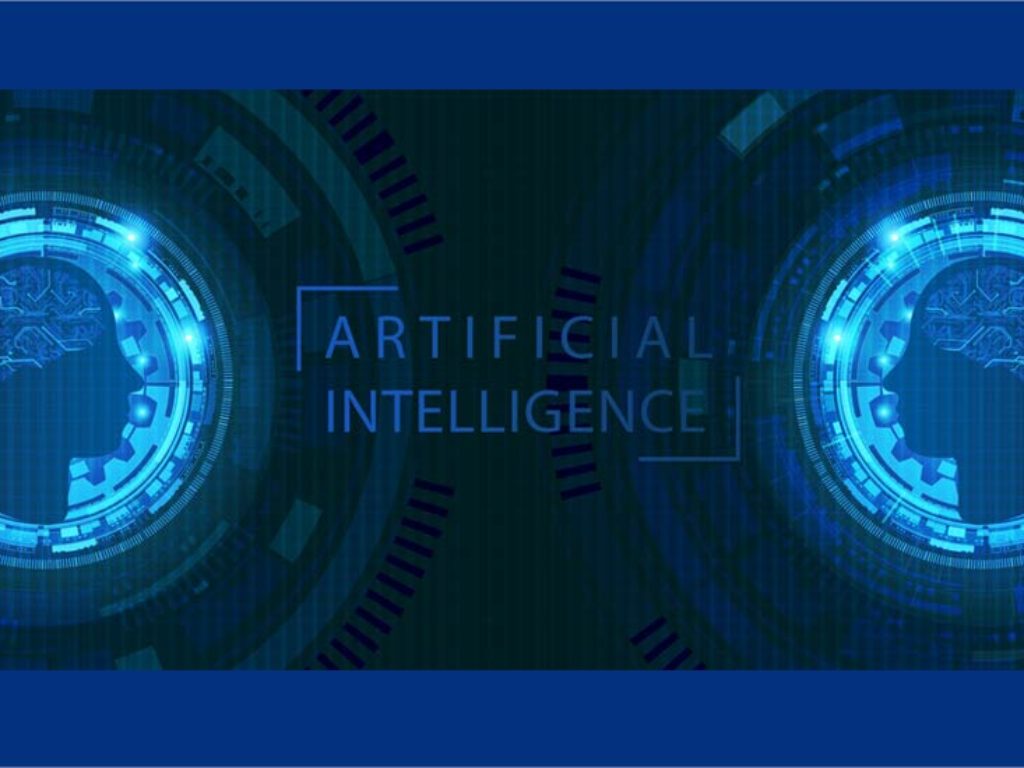Bain & Company released their AI Survey results illustrating that businesses are investing heavily in generative AI, with 87% of surveyed companies working with gen AI in some capacity. Business leaders are eager to see results, however, the real value comes from how AI changes what businesses can do.
Scaling Data Quality with Computer Vision on Spatial Data
In this contributed article, editorial consultant Jelani Harper discusses a number of hot topics today: computer vision, data quality, and spatial data. Computer vision is an extremely viable facet of advanced machine learning for the enterprise. Its utility for data quality is evinced from some high profile use cases. This technology can produce similar boons for other facets of the ever-shifting data ecosystem.
Transfer Learning in Computer Vision
In this contributed article, Ihar Rubanau, Senior Software Developer at Sigma Software Group, discusses how transfer learning has become a popular technique in computer vision, allowing deep neural networks to be trained with limited data by leveraging pre-trained models. This article reviews the recent advances in transfer learning for computer vision tasks, including image classification, object detection, semantic segmentation, and more. The different approaches to transfer learning are discussed such as fine-tuning, feature extraction, and domain adaptation, and the challenges and limitations of each approach are highlighted. The article also provides an overview of the popular pre-trained models and datasets used for transfer learning and discusses the future directions and opportunities for research in this area.
Deci delivers breakthrough inference performance on Intel’s 4th Gen Sapphire Rapids CPU
Deci, the deep learning company building the next generation of AI, announced a breakthrough performance on Intel’s newly released 4th Gen Intel® Xeon® Scalable processors, code-named Sapphire Rapids. By optimizing the AI models which run on Intel’s new hardware, Deci enables AI developers to achieve GPU-like inference performance on CPUs in production for both Computer Vision and Natural Language Processing (NLP) tasks.
Deci Launches Version 2.0 of its Deep Learning Development Platform, to Democratize the Power of NAS and Eliminate the AI Efficiency Gap
Deci, the deep learning company harnessing AI to build AI, today launched Version 2.0 of its deep learning development platform, making it easier than ever before for AI developers to build, optimize, and deploy computer vision models on any hardware and environment including cloud, edge and mobile with outstanding accuracy and runtime performance.
Deci Boosts Computer Vision & NLP Models’ Performance at MLPerf
Deci, the deep learning company harnessing Artificial Intelligence (AI) to build AI, announced its results for both Computer Vision (CV) and Natural Language Processing (NLP) inference models that were submitted to the MLPerf v2.0 Datacenter Open division. These submissions demonstrated the power of Deci’s Automated Neural Architecture Construction (AutoNAC) technology, which automatically generated models dubbed DeciNets and DeciBERT, thus delivering breakthrough accuracy and throughput performance on Intel’s CPUs.
Research Highlights: Generative Adversarial Networks
In this regular column, we take a look at highlights for important research topics of the day for big data, data science, machine learning, AI and deep learning. It’s important to keep connected with the research arm of the field in order to see where we’re headed. In this edition, we feature a new paper on Generative Adversarial Networks. Enjoy!
The Decade of Synthetic Data is Underway
In this contributed article, Gil Elbaz, CTO and Co-founder of Datagen, sheds light on new developments that will make the ‘20s the decade when synthetic data finally breaks through to become a mainstream part of practical AI applications. Artificial intelligence algorithms are only as good as the data that train them. In the shift to data-centric models of AI, we are seeing a boom in interest in synthetic data over the past few years. Using synthetic data is one way to overcome the drawbacks to using real data for machine learning training sets.
Faces as the Future of AI
In this contributed article, Dr. Sergey I. Nikolenko, Head of AI at Synthesis AI, discusses how in AI, problems related to human faces are coming to the forefront of computer vision. The article considers some of them, discusses the current state of the art, and introduces a common solution that might advance it in the near future.
Understanding “Human Intent and Behavior” with Computer Vision
In this contributed article, editorial consultant Jelani Harper discusses how computer vision is one of the most eminent forms of statistical Artificial Intelligence in use today. Comprised of varying facets of object detection, facial recognition, image classification, and other techniques, it supports a range of pressing use cases from contact-less shopping to video surveillance.










